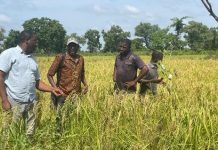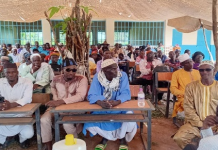The National Assembly elections of April 2017 and the Local Government elections of April 2018 both took place under a new administration.
379,320 voters out of a total of 886578 registered voters participated in the elections. The IEC recorded a total voter turnout of 43 percent. The participation in the Local Government elections is reduced to 34 percent. This represents a drop of ten percent.
This simply means that the vast majority of Gambians who have not even registered to get a voter’s card or decided to turn their backs on the polls constitute the silent majority that is holding the democracy of the country back. To criticise and still remain aloof from voting will not transform criticism into efforts to provide redress. Participation is a must to impact on representation. Without participation one cannot determine representation. Without participation to determine representation one cannot claim to be a sovereign citizen.
Regime change has taken place. New Gambia is yet to be fully born. Two thirds of the voter population need to be fully sensitized to assume their responsibility in shaping the destiny of our homeland. After the results all political parties should take stock and take their responsibility in organising and sensitising the Gambian population so that they may all make a decision in participating in elections and the shaping of the political will of all so that Gambia will become a nation governed by its citizens through their representatives who must be made accountable to and controllable by them. This is the task of all conscious citizens in the next electoral cycle.

















